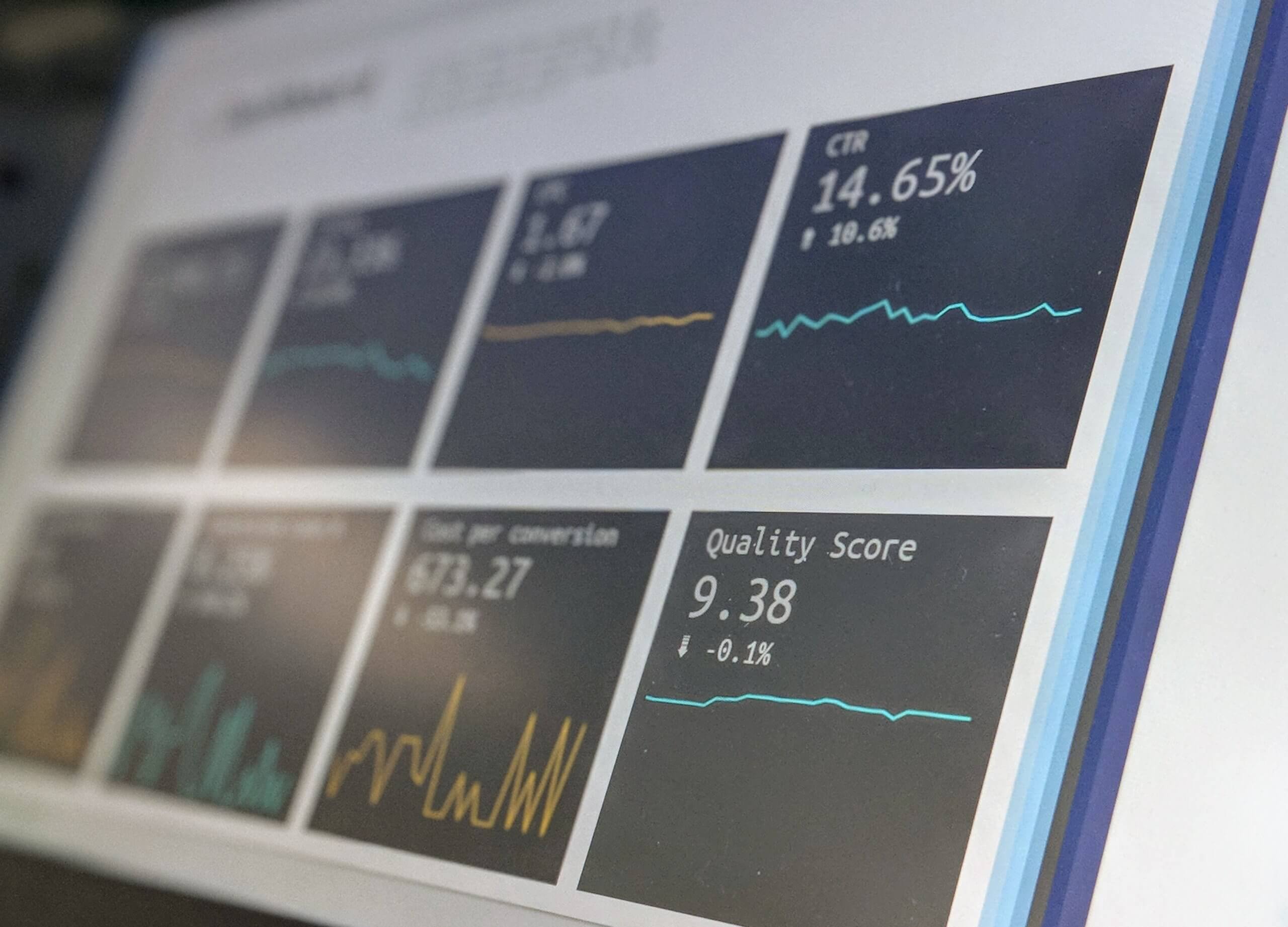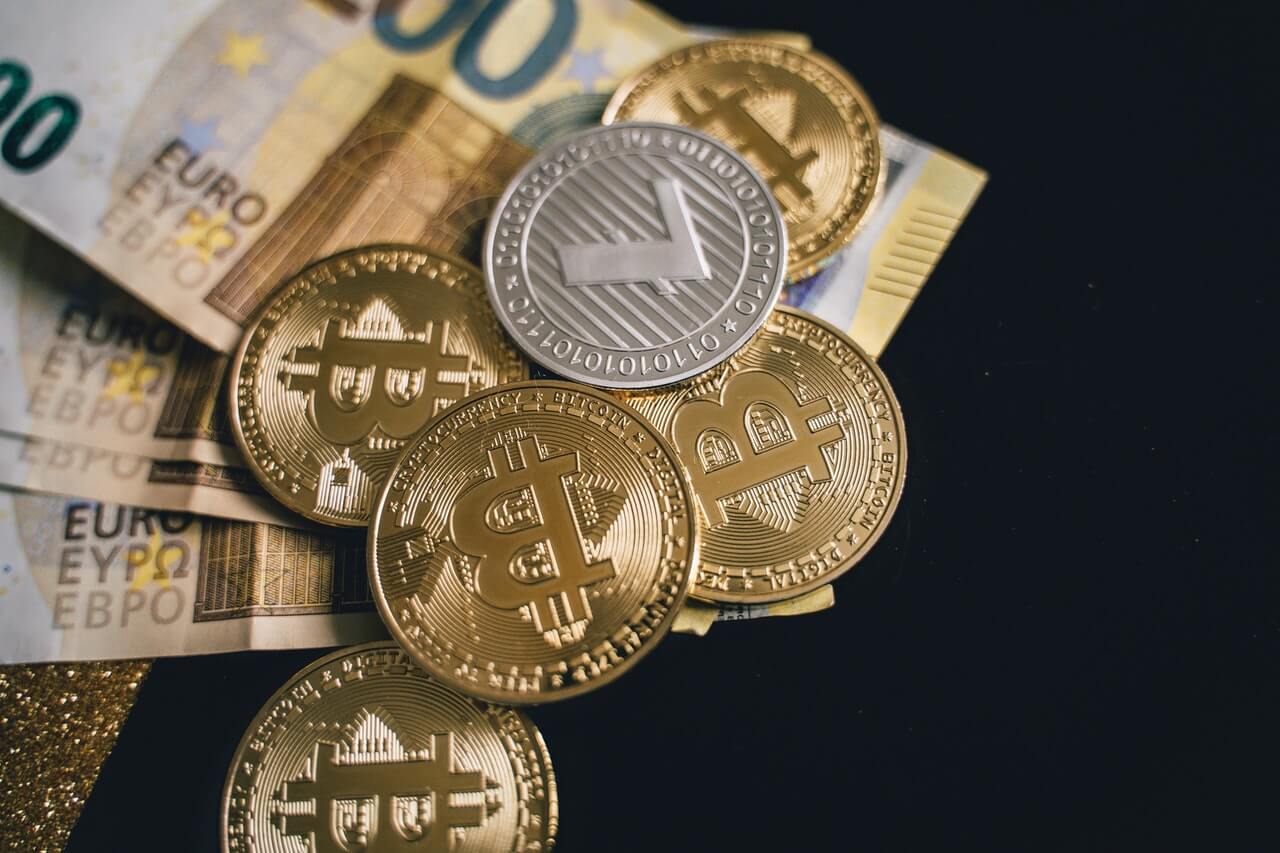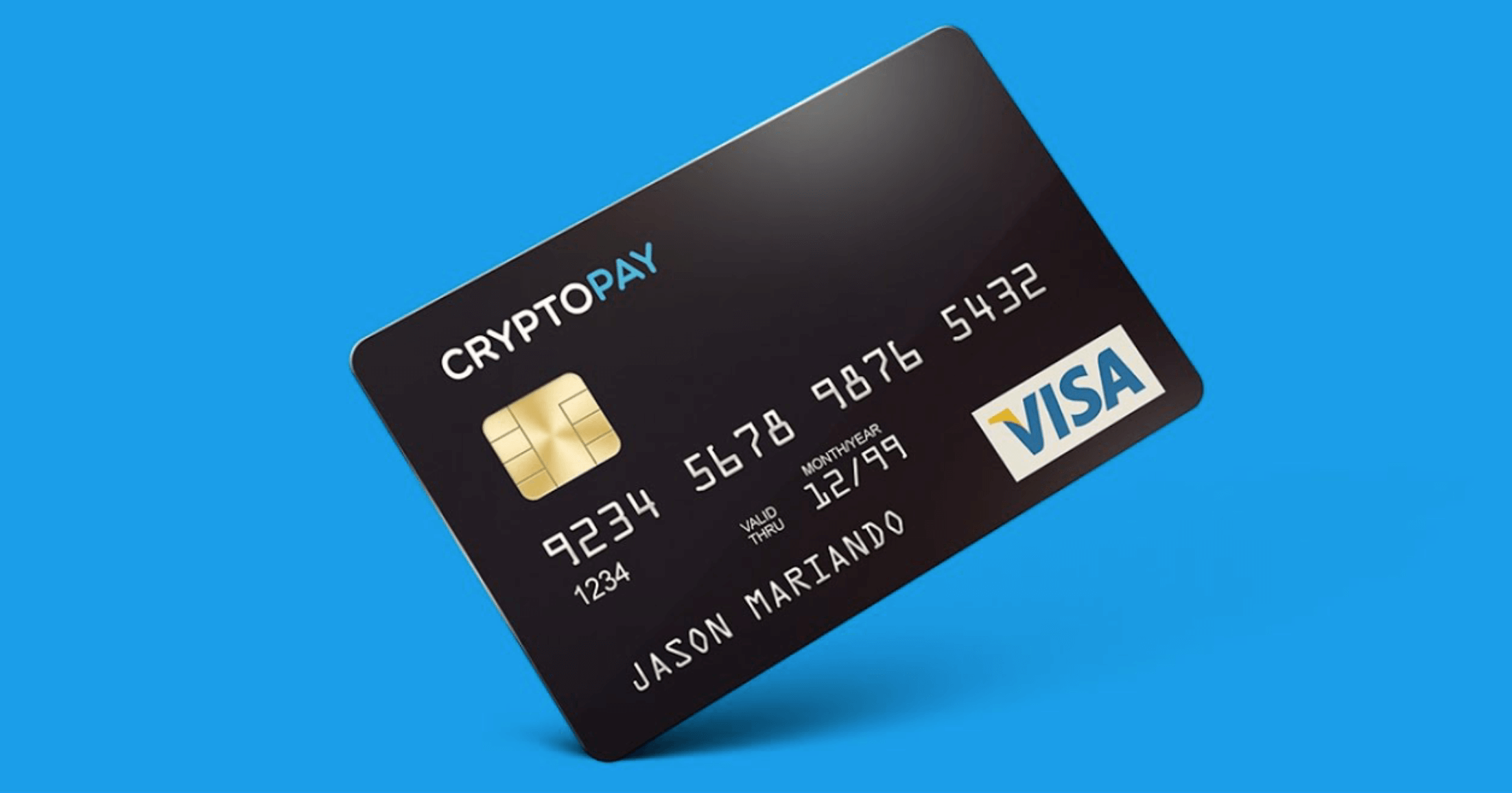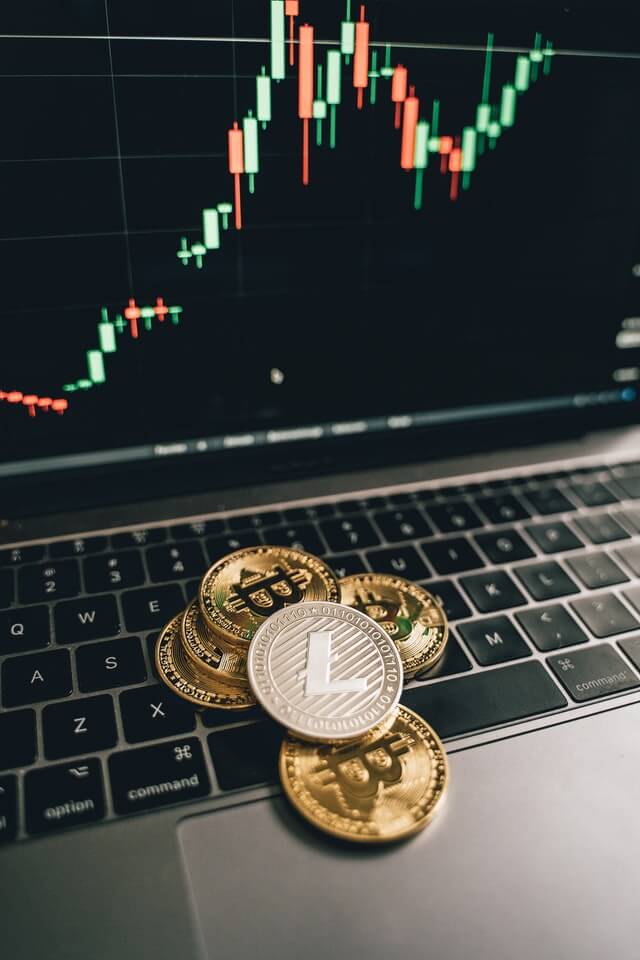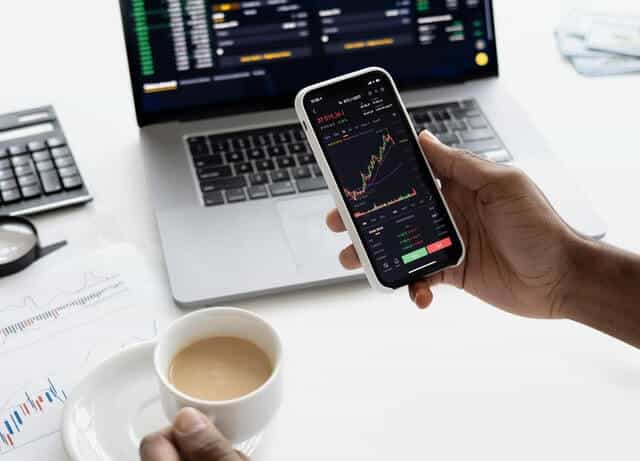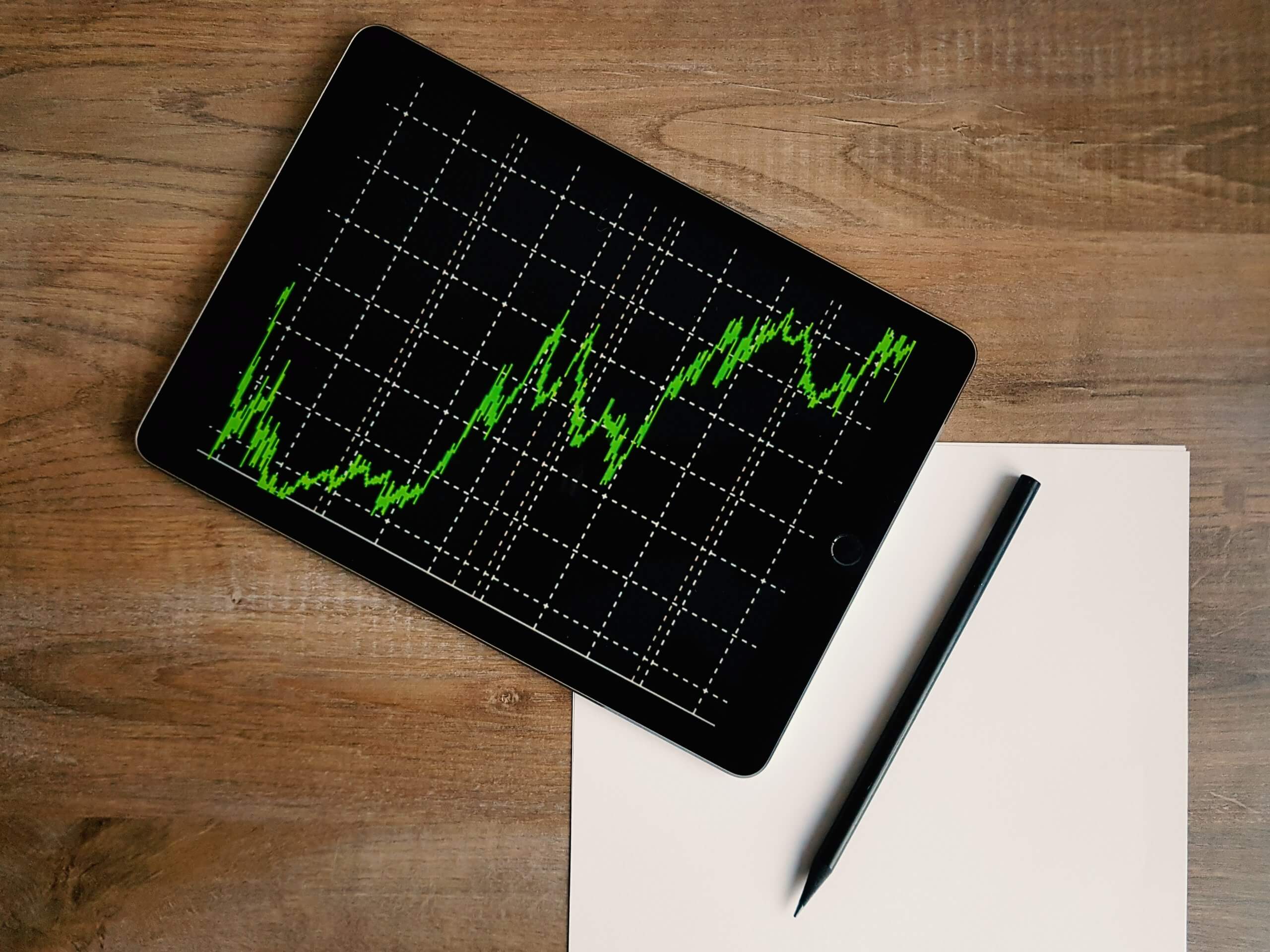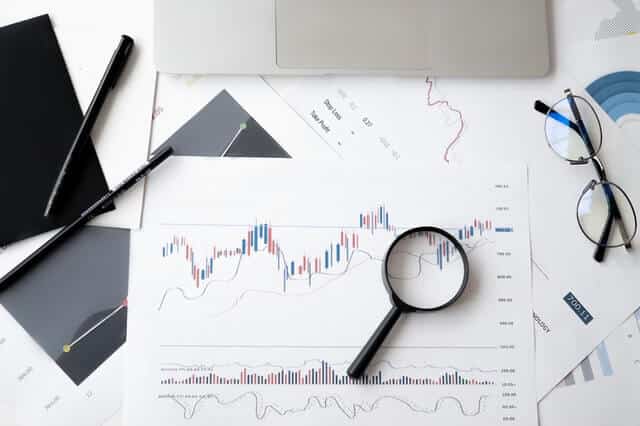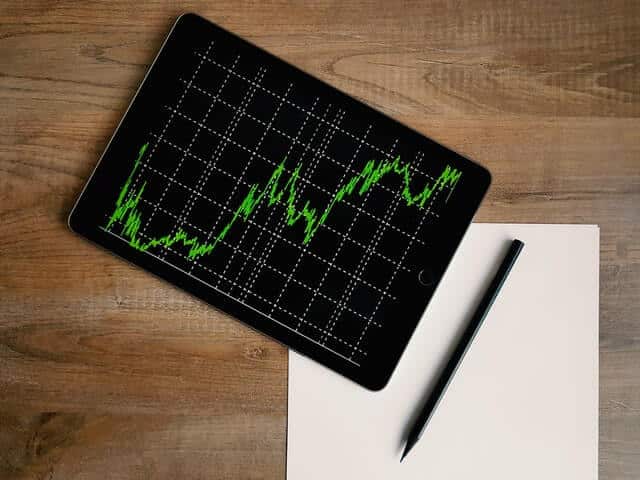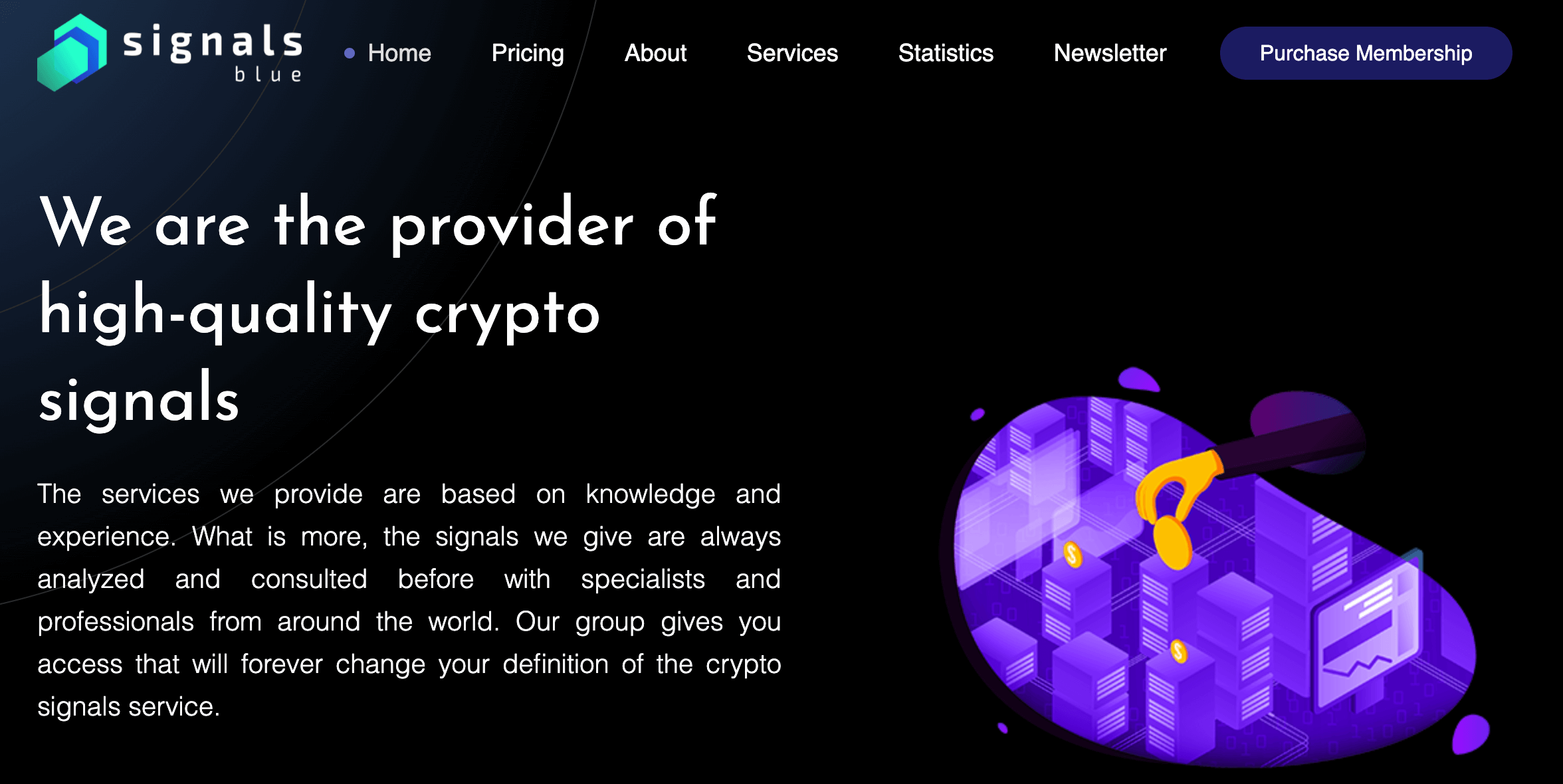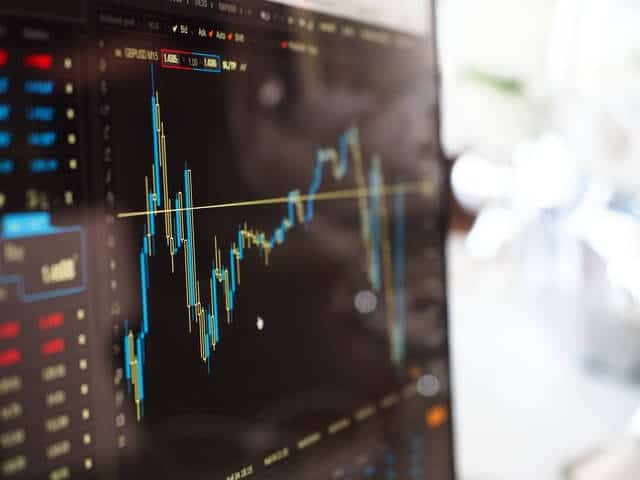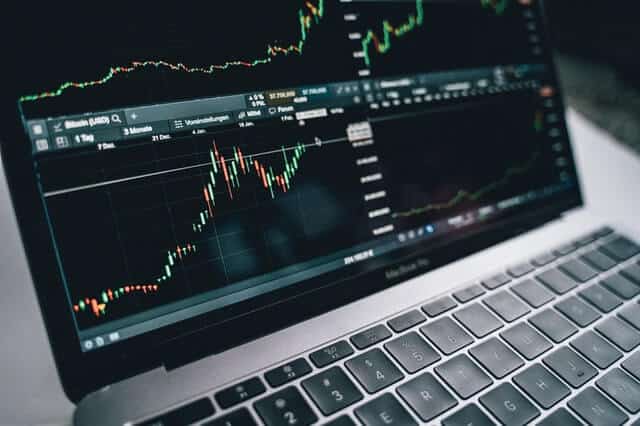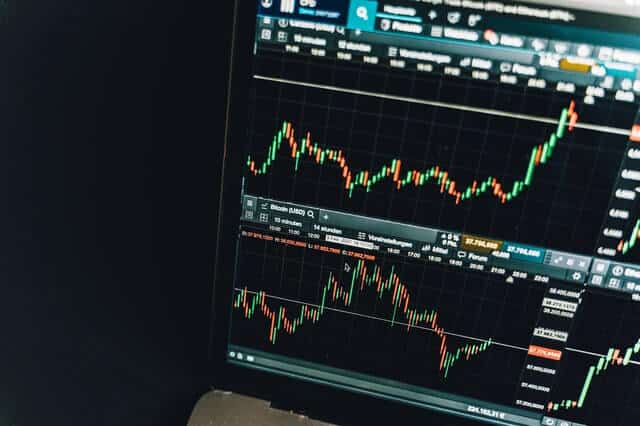
It is no secret to anyone that trading is one of the most lucrative activities today, allowing an ordinary person to earn income similar or higher than someone who does business and / or participates in the commercial sector. Depending on the market in which a user places orders, he can make up to 30% of his account in the same day (or more) through leveraged trades.
However, it is also known that approximately 80% of people who trade lose their investment. This seems unfair, but the truth of the matter is that everything is in the hands of the trader, since the losses are usually a reflection of a wrong mindset, thus leading the trader to make mistakes that he knows he should not make and therefore, ends up losing his money. In this occasion, we are going to be talking about the most common mistakes traders make
TOP 5 MOST COMMON REASONS DAY TRADERS FAIL
VENGEFUL TRADES
One of the most common reasons a trader fails is because of the feeling of revenge mixed with greed. If you place an order and fail (especially if you were very close to reaching your take profit) you will feel strong vengeful desires, so you will want to start another trade based on your desire to recover what you lost at the least appropriate points on the chart.
This happens because your trades will be based on a revenge mission on the market instead of real indicators of a trend start, key points or real opportunities. In the end, you will end up losing more than you had initially and this will generate even more powerlessness, leaving you with even worse trading habits.
OVER-LEVERAGE
While we could make up to double our account in a leveraged move in the right direction, we could also lose it all in an over leveraged trade in the wrong zone. When you use leverage, you operate with a trading power several times greater than you really have, which means that each percentage of profit you obtain will be reflected based on that large capital. On the other hand, the losses will also be the same size, so traders need to be educated about conscious leverage.
Many times traders make the mistake of using all their capital in leveraged trades, which is likely to lead to a margin call and burn their accounts (or almost). This problem goes hand in hand with the next bad trading habit that we will analyze.
BAD RISK MANAGEMENT
Beyond being necessary, it is mandatory to establish secure risk management if we want to prosper in trading (or at least not burn our accounts). You cannot enter the market with all your capital if you want to last in this space, since the trading volume can turn the prices against us and we would be losing more than we can afford.
An example of healthy risk management can be risking 2/3% to get 4/6% profit. Although you are limiting your winnings, you stay in a safe area where it doesn’t matter if you lose, trades that you hit will offset the negatives and your account will stay positive.
NOT SPECIFYING A STOP LOSS
This is one of the most serious mistakes among traders. If you place an order and don’t specify at what level you want the trade to cancel (in case there is a trend change), the volatility of the market could consume your entire balance before your eyes and you couldn’t do anything about it, especially if you are doing another activity and you are not aware of the market. Another reason that paralyzes those who do not set stop loss is the hope that the price will correct and you will recover that 30/40/50% that you already lost, when the truth is that the market does not care if you are winning or losing.
CRAVING TO TRADE
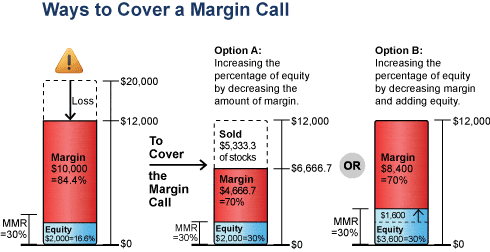
Traders should learn to place orders ONLY when they see a clear opportunity in the market. Commonly, we connect to our exchange / broker and feel anxious to make money, so we start looking for trading opportunities where there are not, and later we set an order where we should not. As expected, these trades will have negative results and create bad trading habits.
For this reason, we must be very careful when analyzing the market and make sure that the conditions are really in place to invest in a certain price level.


